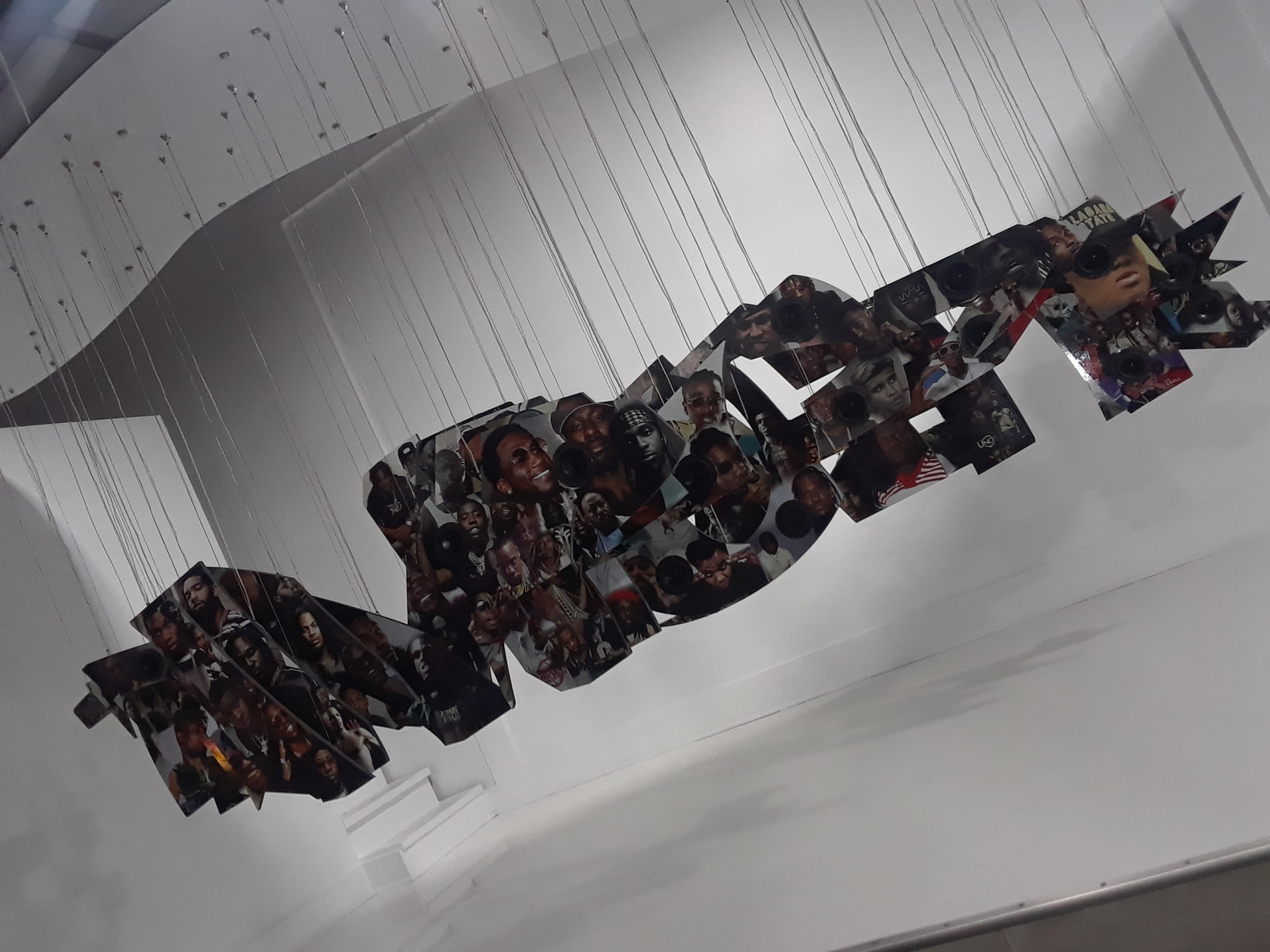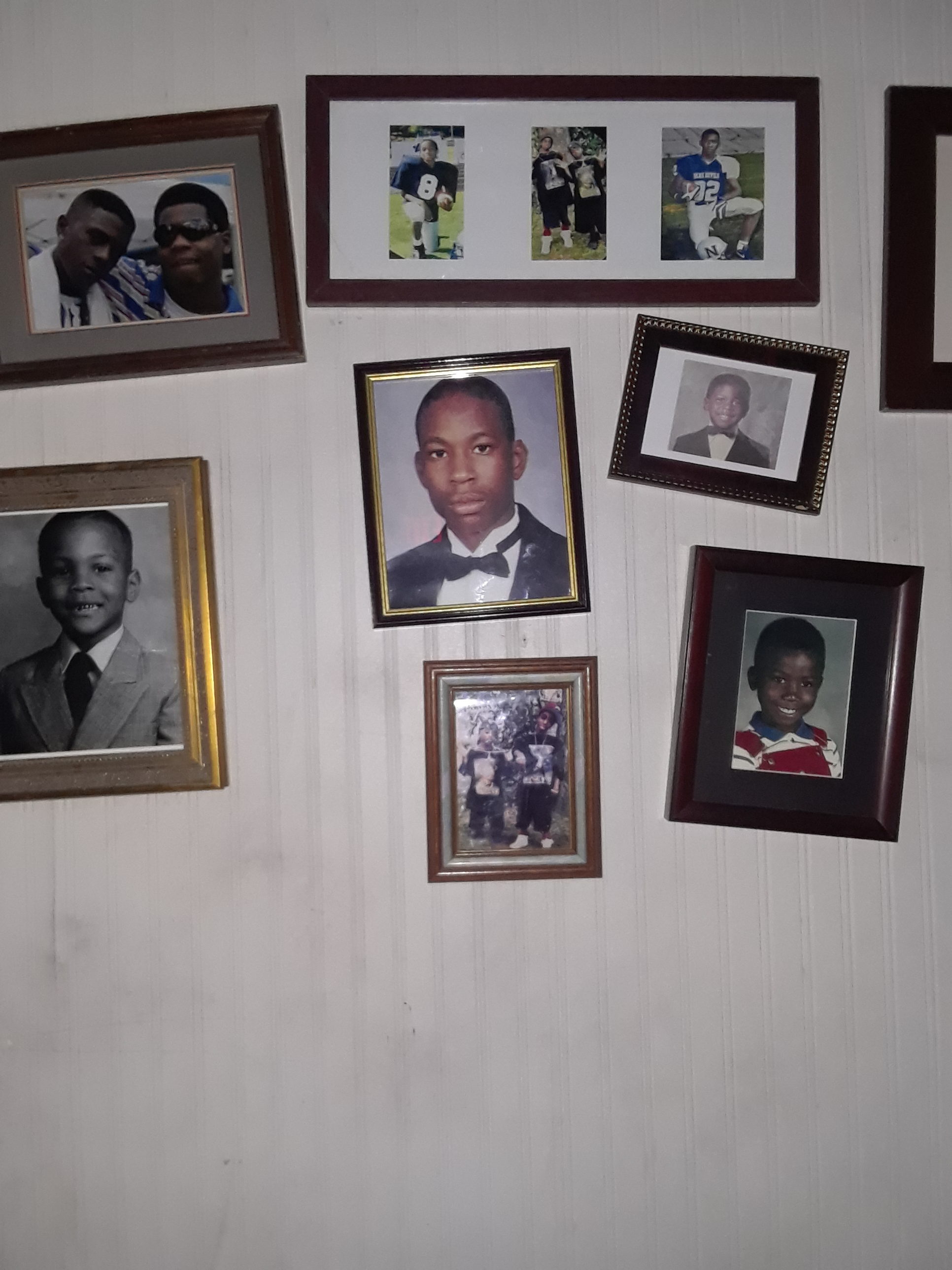
“This for US!!! All US!!! All contributors to the culture of Trap Muzik!!!”
The Trap Music Museum pays homage to the subgenre of rap music, offering a glimpse of the highest and lowest points in southern hip-hop.
Curated by Atlanta rapper T.I., the Trap Music Museum comes as the hip-hop world enters the 15th year of being introduced to Trap Muzik. His latest album, Dime Trap, holds true to his signature style. While many artists, enthusiasts and everyone in between debate on the origins of trap music, T.I. considers his second studio album the birth of the culture.
The definitive origins of trap music may never be agreed on, however, the genre continues to grow in sound and space, with Atlanta leading the way. The Trap Music Museum highlights the pioneers of the bass-bumping, drug-dealing music. Starting with a simulation of an actual trap house, the museum transforms a place where residents rarely escape into an interactive exhibit.
The atmosphere of struggle and stride bounce off the white-paneled walls, featuring childhood photos of rappers such as T.I., Boosie and Gucci Mane. As referenced routinely by your favorite trap artists, a metaphorical “grandma” or “auntie” sits on the plastic covered sofa, offering wisdom and word, wearing her housecoat and slippers and sustaining peace in the drug paraphernalia decorated room.


Moving from the entrance to the exhibits takes the trap house from a comforting danger zone to the Instagram ready, pop-up experience many visitors expect. Through features such as T.I.’s gun room, Jeezy’s snow room or Boosie’s barber chair, representative of the iconic “Boosie Fade,” the museum recognizes the triumph’s made by many of the South’s most notable rappers. However, reminders such as the jail cell and R.I.P. wall stand amongst the lighthearted exhibits.
A timeline, beginning with T.I.’s career, documents the steady rise of trap music and the grittier side of Atlanta to the mainstream hip-hop world. Although not much information was new, the small museum stood grandly as a collection of southern hip-hop culture, a prideful moment for anyone involved. The Trap Music Museum allows those responsible for a culture to be the gatekeepers and curators of their own movement.


“I want to celebrate the culture and not just me. The easy thing for me to do is set up a show and it just be me and perform all the songs from trap music, which I was tempted to do. The genre has become so significant that I felt it deserved more than that. It’s really going to be a place where people can take pictures and kind of interact.”
As much as the Trap Music Museum stands to be an Instagrammable pop-up, those inside reflect on the ideas and themes prevalent in trap rap as they hit their best rap squats for group Boomerangs. Just like with trap music itself, the turn-up atmosphere is laced with gloom and grief.
A R.I.P. wall stands in remembrance of some of trap music and southern hip-hop’s most crushing losses. Many museum-goers gaze at the posters of each rapper in sadness, while others rush through, not getting swallowed by the spirit of death. The jail cell also offers the same mixed sentiments. Reading the hard facts about the U.S. prison system, and realizing how the trap earned that name, people share with each other their own experiences with law enforcement and remember those closest to them behind bars.
The cell also features a wall that attendees can decorate with their own monikers, R.I.P. messages or calls to “free” those locked up.

While the museum displays trap music legends and focuses primarily on Atlanta’s hip-hop greats, there are nods to many artists from other areas both dead and alive. The Trap Music Museum did not exclude Kodak Black, Pusha T, Meek Mill and Rick Ross from the experience. There is also a painting of Tupac posted on the wall.
Though the museum is full of artifacts and featured artists from all over, there’s an element missing. Among the Migos mugshots and old Vibe magazine covers, women are excluded from much of the museum. In fact, besides the photo of T.I.’s family, women are only displayed three times: a Mia X Mixtape, a Trina magazine cover and a City Girls poster. The likes of Gangsta Boo, La Chat, Mac Bre-z and Diamond and Princess of Crime Mob were nowhere to be found in the Trap Music Museum.
The pop-up museum won’t last forever so those who are fans of trap music and hip-hop itself should make efforts to attend. While not perfect in content or design, the Trap Music Museum sets a standard, proving that these places are not only necessary but able to succeed. Hopefully, other subgenres or categories of hip-hop will receive this same treatment.







